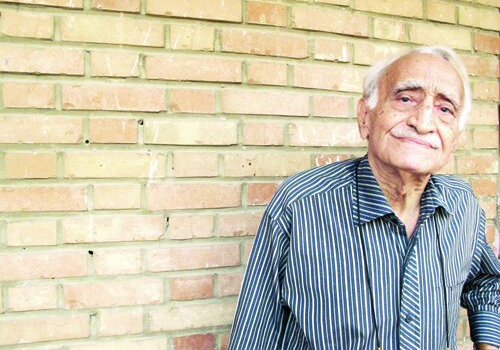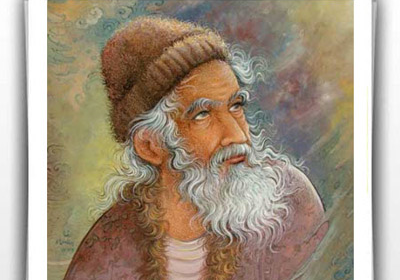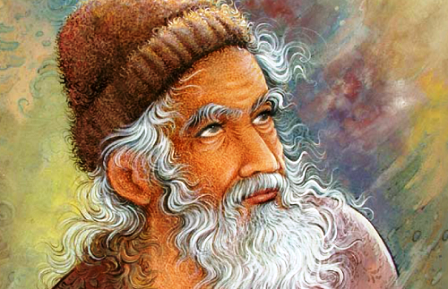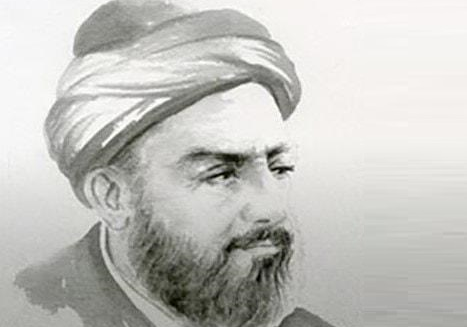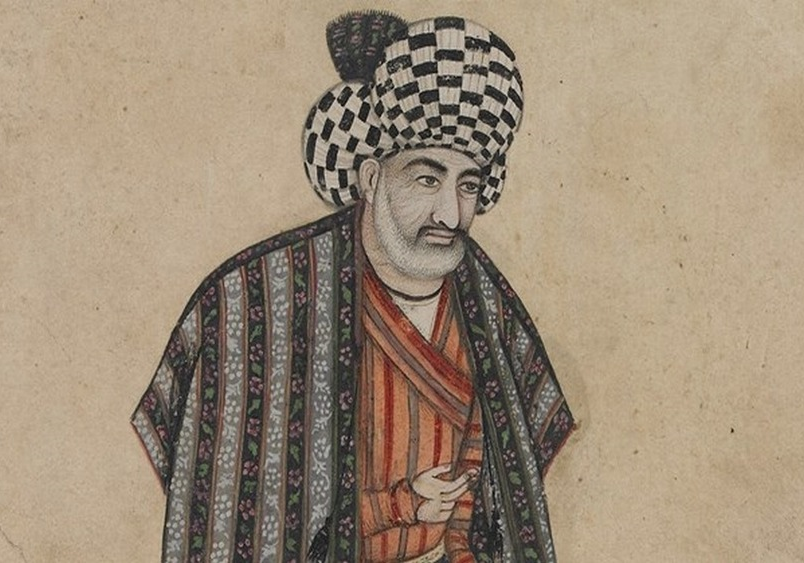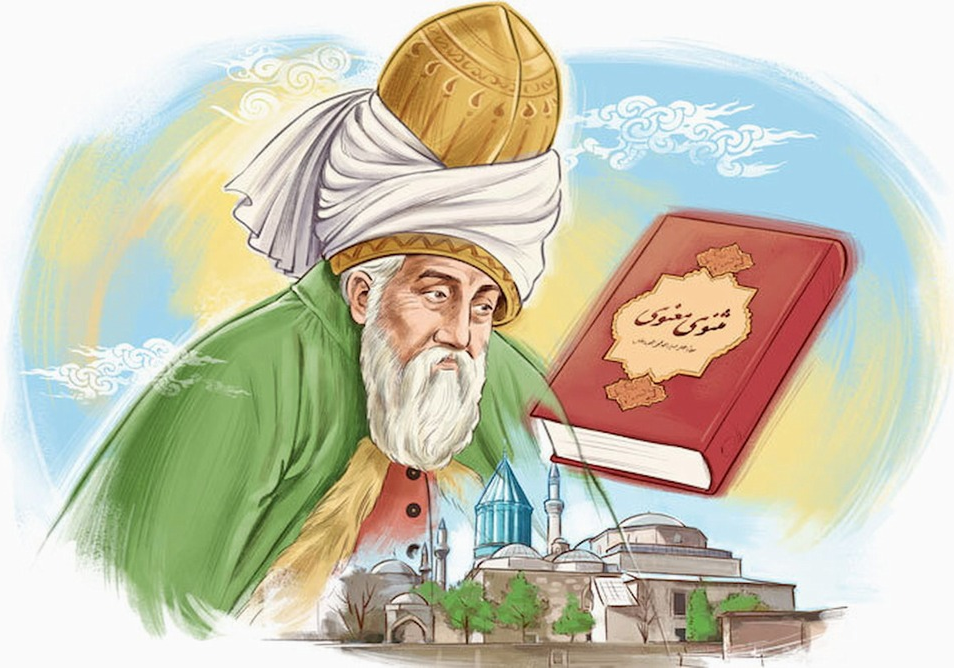
Hossein Sa’adatmand
Muharram mourning should be considered the biggest religious event in Iran. A few days before the beginning of the month of Muharram (the first month of the Hijri lunar calendar), the people of Iran get prepared for the mourning ceremony of Imam Husain (AS) and his companions. This ceremony is held every year in all parts of Iran and is a manifestation of the devotion of Iranians to their Imam.
Yazd is considered one of the most important cities in Iran, where, like other regions of the country, Muharram mourning is held every year with special customs and rituals. One of the manifestations of Muharram mourning in Yazd is its special style of lamenting. A style the creation of which is attributed to Hossein Sa’adatmand, a famous Yazdi Maddah (eulogist) who mixed epics and marsiyah (elegy) in his lamentations.
The Role of Maddahs in Muharram Mourning
Muharram mourning usually consists of two parts: the first is a speech, and the second is eulogy and lamentation. Usually, the speakers of mourning ceremonies are religious scholars, and in their speeches, they express moral points and religious issues and explain the events of Islamic history and the martyrdom of Imam Husain. By reciting poems in two parts, rozeh and lamentation, the Maddahs remind the hardships Imam Husain and his companions faced on the Day of Ashura, thereby creating enthusiasm and excitement among the mourners. In lamentations, poems are usually performed in a melodious form, and the mourners beat their chests according to the rhythm of the lamentation.
Who Was Hossein Sa’adatmand?
Hossein Sa’adatmand was born in Yazd in 1951 AD (1330 AD). Ali Akbar, his father, served the mourners in various ceremonies held for Imam Husain (AS) in the Fahadan neighborhood of Yazd and. Sa’adatmand grew up in an atmosphere of lamentation and mourning. In his youth, he simultaneously studied Iranian music and learned Maddahi, and even released a music album in the 1980s. He officially started his work as a maddah in the Husayniyya of Fahadan Neighborhood od Yazd in the year 1980.
During the years of his activities as a Maddah, Hossein Sa’adatmand performed many lamentations, many of which have become immortal in the memory of the people of Iran. He passed away in 2014 after suffering a long illness.
The Maddahi Style of Hossein Sa’adatmand
Saadatmand paid a lot of attention to the simplicity and fluency of words in choosing lyrics for his laments. He believed that the virtues of Ahl al-Bayt and the sufferings of Karbala should be narrated in simple language to leave the greatest impact on the audience. Sa’adatmand’s mastery over Iranian vocal gushehs and musical dastgahs led him to great success in performing laments, especially in high pitches. He was well versed in the technique of expression, performing diction, and creating high and low pitches in the voice. Sa’adatmand’s melodies in Maddahi were arranged in accordance with the dastgahs of Iranian music. Today, young Yazdi maddahs, following the example of Sa’adatmand, pay attention to learning Iranian music as one of the requirements of maddahi.
The use of new melodies, encouraging the participation of mourners to repeat certain verses of lamentations, and mixing different rhythms in his performance were among the things that uplifted Sa’adatmand to the highest level of success in lamentation. Sa’adatmand is considered to be the creator of the multi-response eulogy style, in which the mourners sing in response to the lamentation with different rhythms based on the capacity of the poem. Even though Sa’adatmand is famous as a Yazdi madah, many maddahs throughout Iran follow his style.
Considering the late Hossein Sa’adatmand’s innovations in Iranian maddahi and his services to this field, “Lamentation in the style of the late master Hossein Sa’adatmand” was inscribed on the list of Iran’s intangible national heritage in the year 2020.
During the years of his activities as a Maddah, Hossein Sa’adatmand performed many lamentations, many of which have become immortal in the memory of the people of Iran.
| Name | Hossein Sa’adatmand |
| Country | Iran |
| Yard period | Contemporary |
| Type | Artistic |

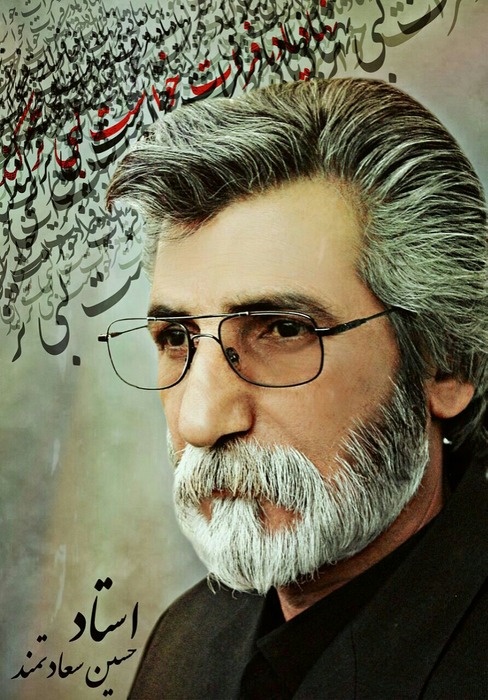
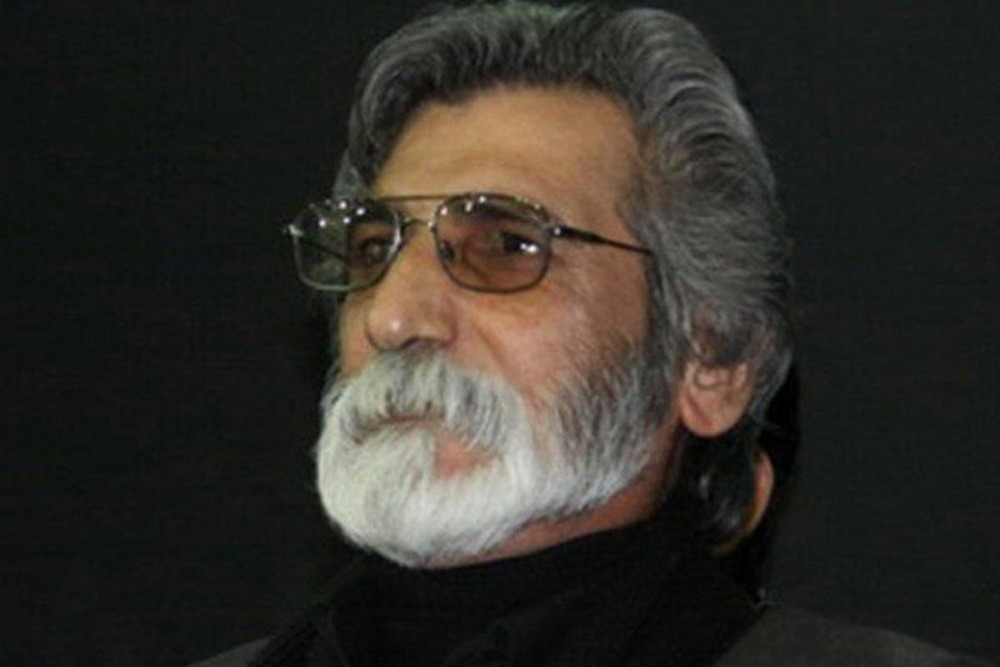
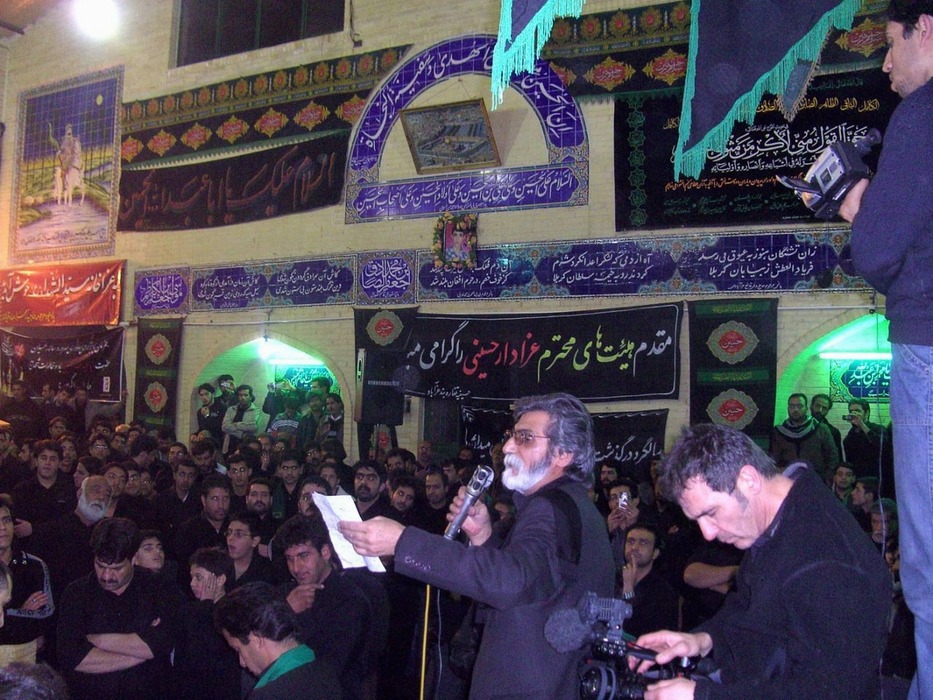




Choose blindless
Red blindless Green blindless Blue blindless Red hard to see Green hard to see Blue hard to see Monochrome Special MonochromeFont size change:
Change word spacing:
Change line height:
Change mouse type:

